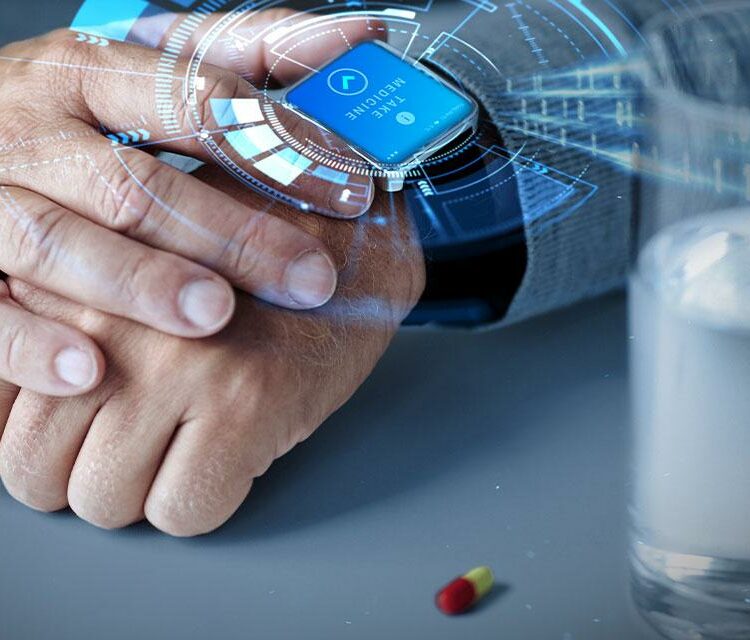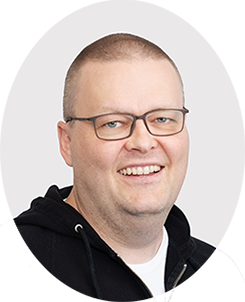Reaching the Medical Wearables Market with the Right R&D Strategy

Reaching the Medical Wearables Market with the Right R&D Strategy
Author: Anssi Saarela, Senior Manager, Bittium
The wearables technology market is booming. With a global market value estimated at USD 116.2 billion in 2021 market prognoses foresee an additional growth to 265.4 billion USD by 2026 [1]. The trend for small, unobtrusive devices is reaching more and more fields of application. With the technological advancement in areas such as AI aided software capabilities, sensor development, advanced radio and antenna technologies, secure wireless connectivity, wearables now have the potential to have a major impact on the healthcare market.
When it comes to healthcare, wearables open up a whole new world of possibilities. The advancements in wearable medical devices have the potential to revolutionize disease diagnosis and treatment by enabling real-time monitoring and collection of essential data that can be progressed further in the cloud with AI. Examples of such wearables could include blood and coagulation sensors, devices for asthma and lung monitoring, glucose trackers, devices supporting movement disorders or helping to prevent concussions and many more.
At the same time, the U.S. Department of Health and Human Services (HHS) has reported that the global Covid-19 pandemic acutely exposed the need for remote health monitoring and support, and analysts agree that virtual care is likely here to stay. Therefore, the need for medical-grade devices to support this demand is high.
Challenges for Consumer and Medical Device Designers
Given the high market potential, many players – both from the consumer electronics market and from the classical medical device market – are looking to enter the market of medical IoT devices and wearables. But while the time is right, it is not without challenges to enter the space of wearable medical-grade devices.
On the one hand, these devices must be extremely reliable and precise to fulfill the compliance regulations and certifications for medical devices. On the other hand, they need to be unobtrusive and easy to use for the patients or end-users, similarly to what they are used to with consumer devices and wearables.
To go from the consumer to the medical-grade segment, developers and wearable device manufacturers will need to significantly increase their expertise in overall development process execution starting from early product requirements and product concept design into final product solution verifications and documentation. It is also of utmost importance to take the requirements for security and privacy protection into account.
Traditional medical device manufacturers entering the world of wearables, on the other hand, generally have proven processes to secure material requirements, quality, integrity, and privacy, but are faced with a number of new challenges from radios and antennas, security, and battery-powered devices to ease-of-use.
The knowledge required for the development of medical-grade wearables includes:
- Sensor integration: Integrating potentially multiple sensors to a small form factor wearable device requires specialized expertise and experience.
- Antenna design: The placement of medical devices and their internal antennas very close to the body brings its own challenges to the performance and optimization of each antenna. The antenna efficiency is heavily impacted by human body which attenuates radio waves. However, an antenna inside a wearable device should also meet specific absorption rate (SAR) limits. The key is to have the right know-how from all the relevant aspects for achieving optimized antenna design to fulfill both antenna efficiency and SAR limits.
- Radio technologies: Knowledge on how to integrate latest wireless radio technologies or multiple radio technologies into a wearable device and ensure that all radios are providing required data throughputs and not interfering with each other’s operation.
- Security: End-to-end secured connectivity mitigates threats when transmitting critical patient data from the device to the cloud.
- Optimized power consumption: To make sure the device can reliably work for the required operating time without interruption.
- Appropriate material selection: Robust and non-allergenic materials with high endurance for perpetual cleaning and contact with chemicals, as well as RF transparency for the transmission of radio frequency signals.
- Thermal and mechanical design: High mechanical endurance as well as compliance with the strict safety standards and requirements for usability guidelines for thermal conditions (e.g. IEC60601-1 standard for surface temperature).
Blending the best of both worlds – expertise in medical device and consumer wearable development – can create a new class of devices. Or has this evolution started already?
R&D Expertise as the Key to Accelerating Market Entry
The development of the new generation of medical-grade IoT devices has started and the race for certifications and commercial viability is on. We have worked with many forward-looking brands who chose Bittium as their trusted engineering partner in developing innovative, high-quality, and reliable wearable devices. Our more than 35 years of experience from demanding R&D projects for wireless products and solutions in global regulated environments has helped to accelerate the development and time-to-market. In addition, we can offer medical-grade quality based on ISO 13485 certified processes in every stage of product development – from design up to the roll-out for mass volume markets.
Read more about our engineering services for Wearables and contact us.
Anssi Saarela, Senior Manager, Bittium
Anssi Saarela has over 20 years of experience from product development. He’s been working with all kinds of high-tech products that all have one common denominator: wireless connectivity. Anssi’s enthusiasm for technology and different cultures has led him to work with customers and vendors from all over the world and also as an expatriate in the USA. In his current role at Bittium, Anssi focuses on business and offering development in the Connectivity Solutions product and service area.
